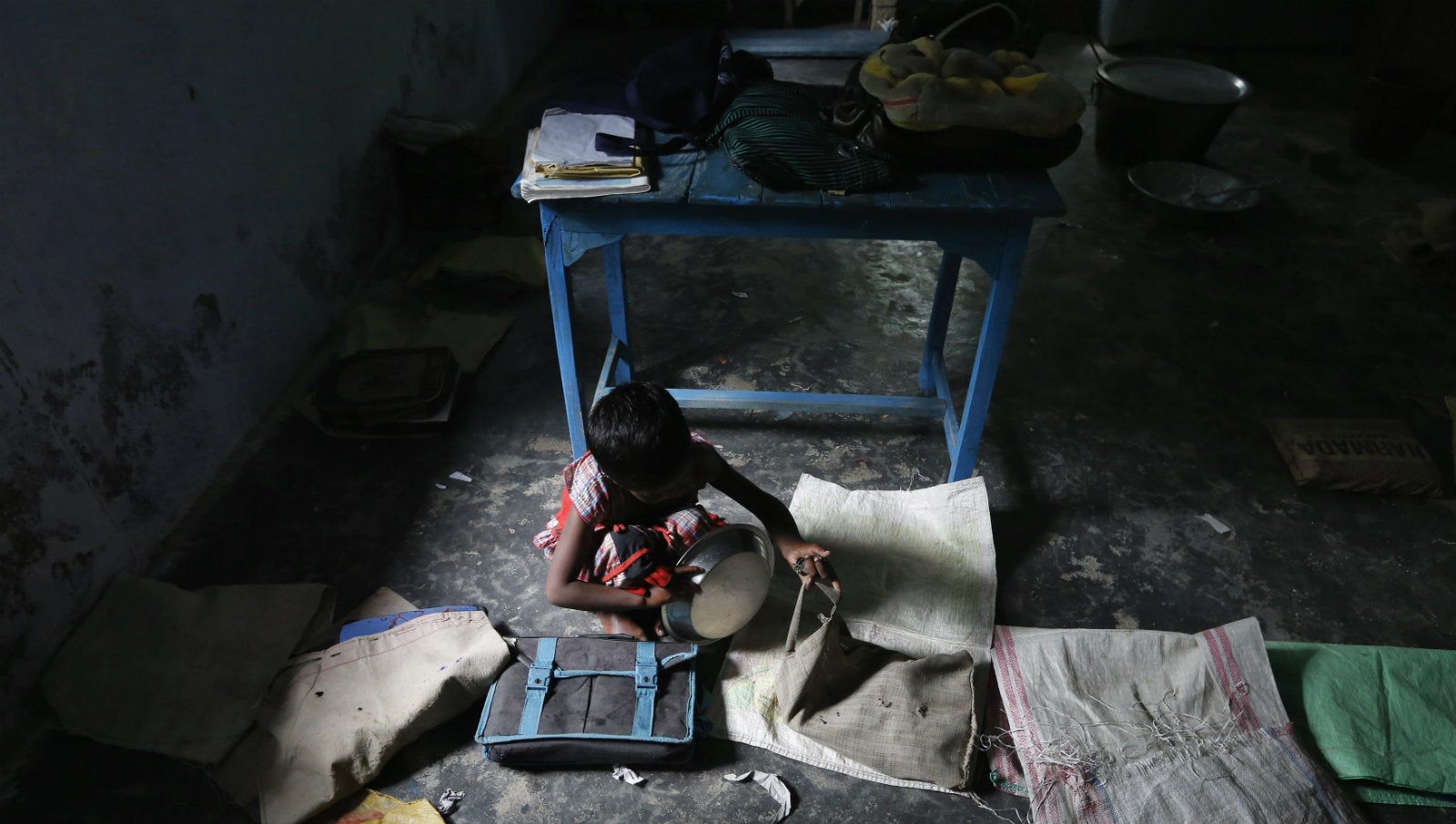India has superpower ambitions, but its schools don’t have power, computers or librarians
It’s official: Indian schools are utterly lacking when it comes to even basic infrastructure.


It’s official: Indian schools are utterly lacking when it comes to even basic infrastructure.
According to a government survey, many schools—government and private—do not have regular power supply, computers, or librarians, among other essentials. The report looked at 1.52 million schools across 36 states and union territories in financial year 2014-15 and was jointly conducted (pdf) by the National University of Educational Planning and Administration and the department of school education and literacy.
The absence of these basics is proof of the crisis in India’s education system. The quality of education in Asia’s third-largest economy is in any case sub-standard, with poor learning outcomes across the board. Then there’s the issue of teacher quality and absenteeism, too.
Overall, Indian schools have a long way to go before they can help the country in its superpower ambitions.
Here are some of the areas that desperately need improvement.
Electricity
Power deficit has been a looming problem in India for years. With demand constantly rising and a chronic shortage in supply, many areas are still left out of the power grid. The survey says that 40% of Indian schools lack electricity.
This means it is hard to use technology. In some areas, it even means students have to study in extremely hot and humid conditions because the fans can’t function. This certainly contributes to higher dropout rates.
By fiscal 2022, India’s power deficit is estimated to grow to 5.6%, up from 2.2% in 2016, according to a joint report by industry body Assocham and consultancy PwC.
Computers
India is known as an information technology hub, but in reality, only 26.42% of the country’s schools have computers. This, at a time when prime minister Narendra Modi is promoting initiatives such as Digital India.
Besides, the lack of computers means teachers can’t use new technology, instead relying heavily on textbooks.
Here are the states where computer access is extremely low:
Librarians
While 82% of Indian schools have libraries, only 16.5% of the secondary and higher-secondary schools have a librarian.